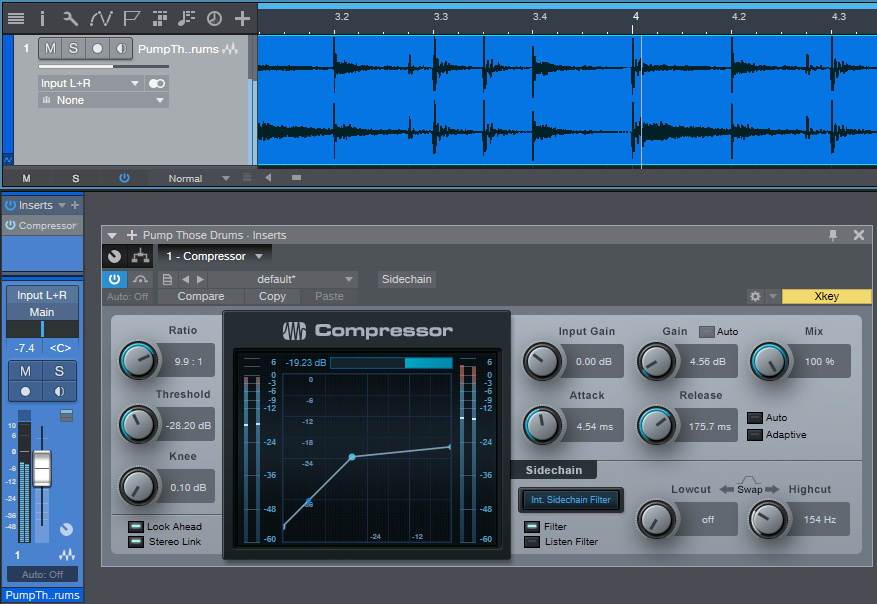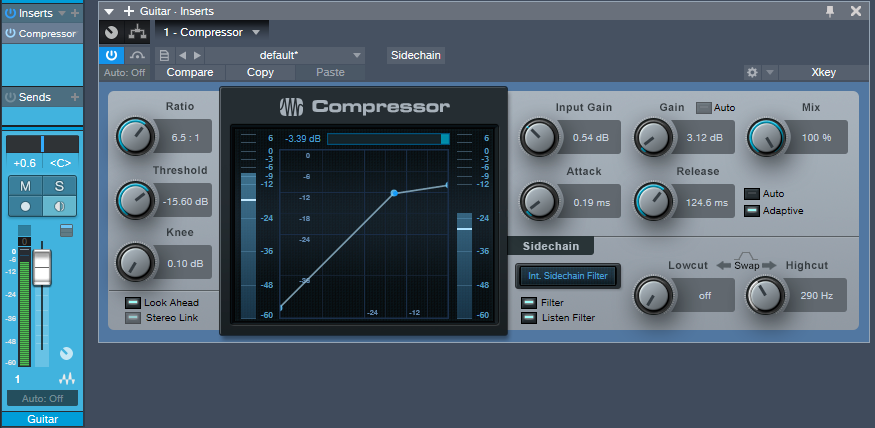The Complete Guide to Recording Electric Guitar — Pro Audio Files
One of the biggest fundamentals of getting great guitar tone is having a taste for great guitar tone. It would be hard to cook something in the French culinary style if you’ve never had French food. Yet, I see a lot of guitarists and engineers approach recording guitar this way.
At the heart of any great tone is great ears. Tools like microphones and amps can help sculpt your tone, but if you haven’t acquired a taste for fine tone, how will you know when you’ve arrived?
It’s not simply a matter of placing a mic in position and pressing record. Great guitar tone is often the culmination of many elements.
This sums up lots of thoughts about electric guitar (and other things run through the amps and pedals).
My struggle is with DI signal that’s way too distorted when distorted, and way too loud when the volume pedal got pressed (I think it was a wah-wah). Finally figured out something that started to work, but still have a very hard time.

